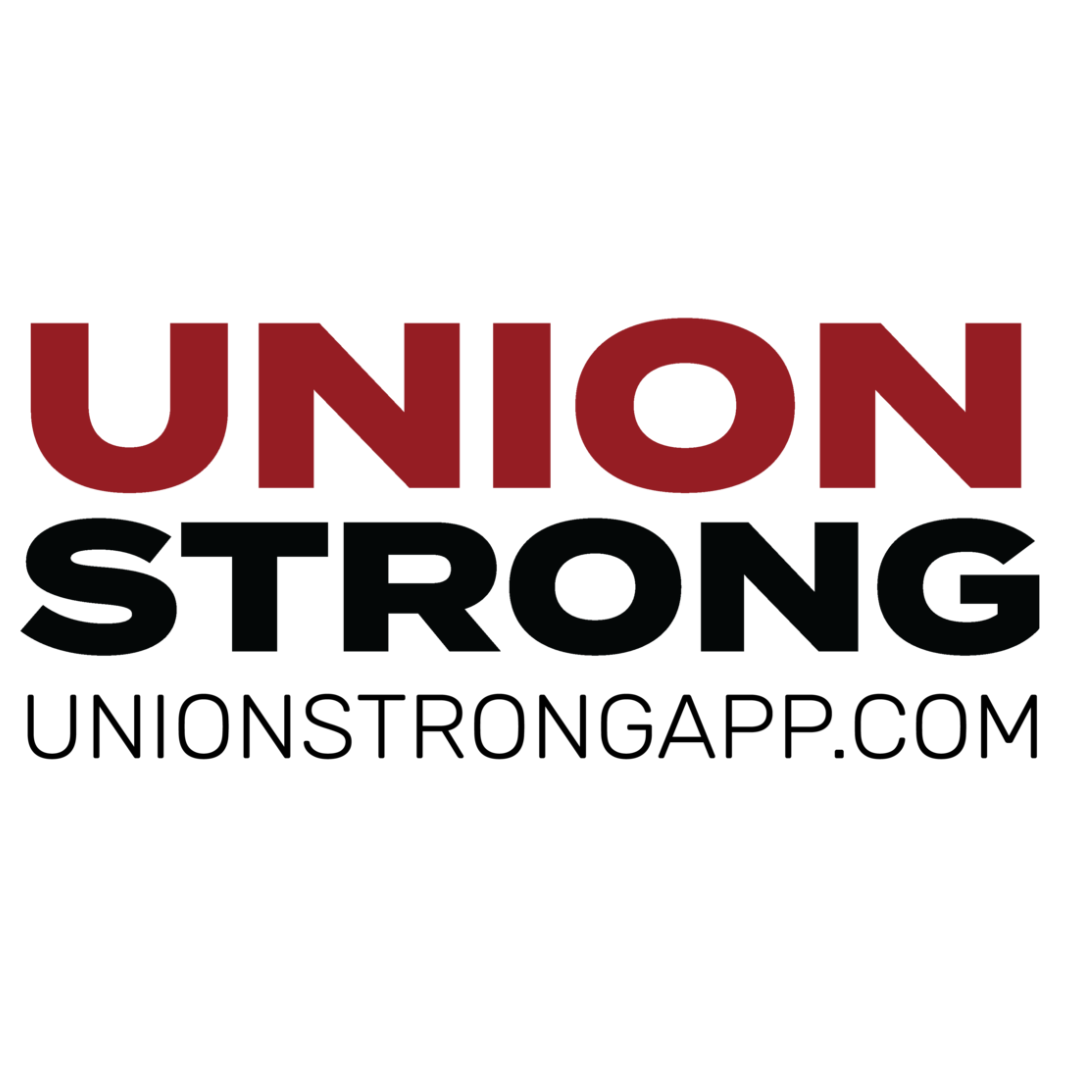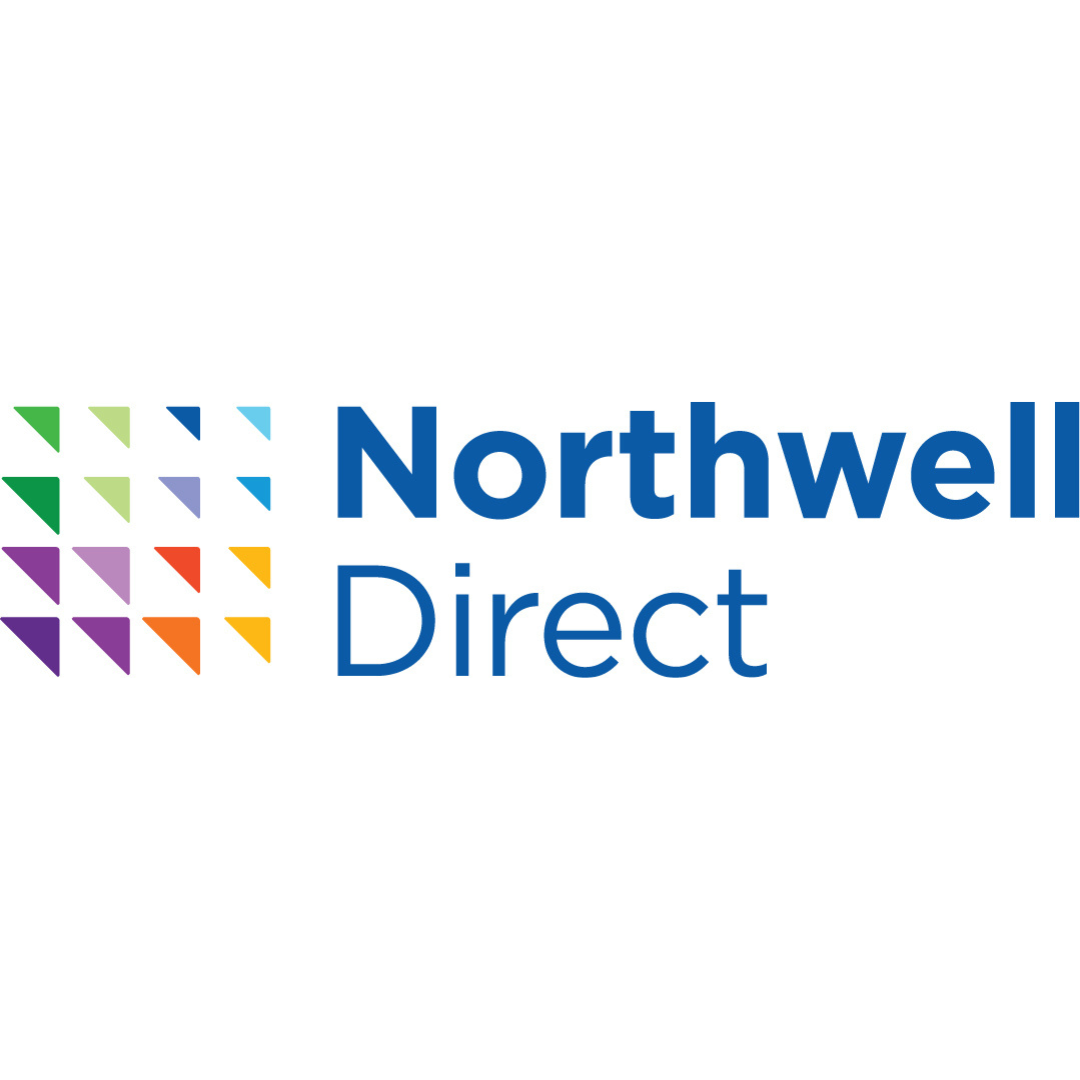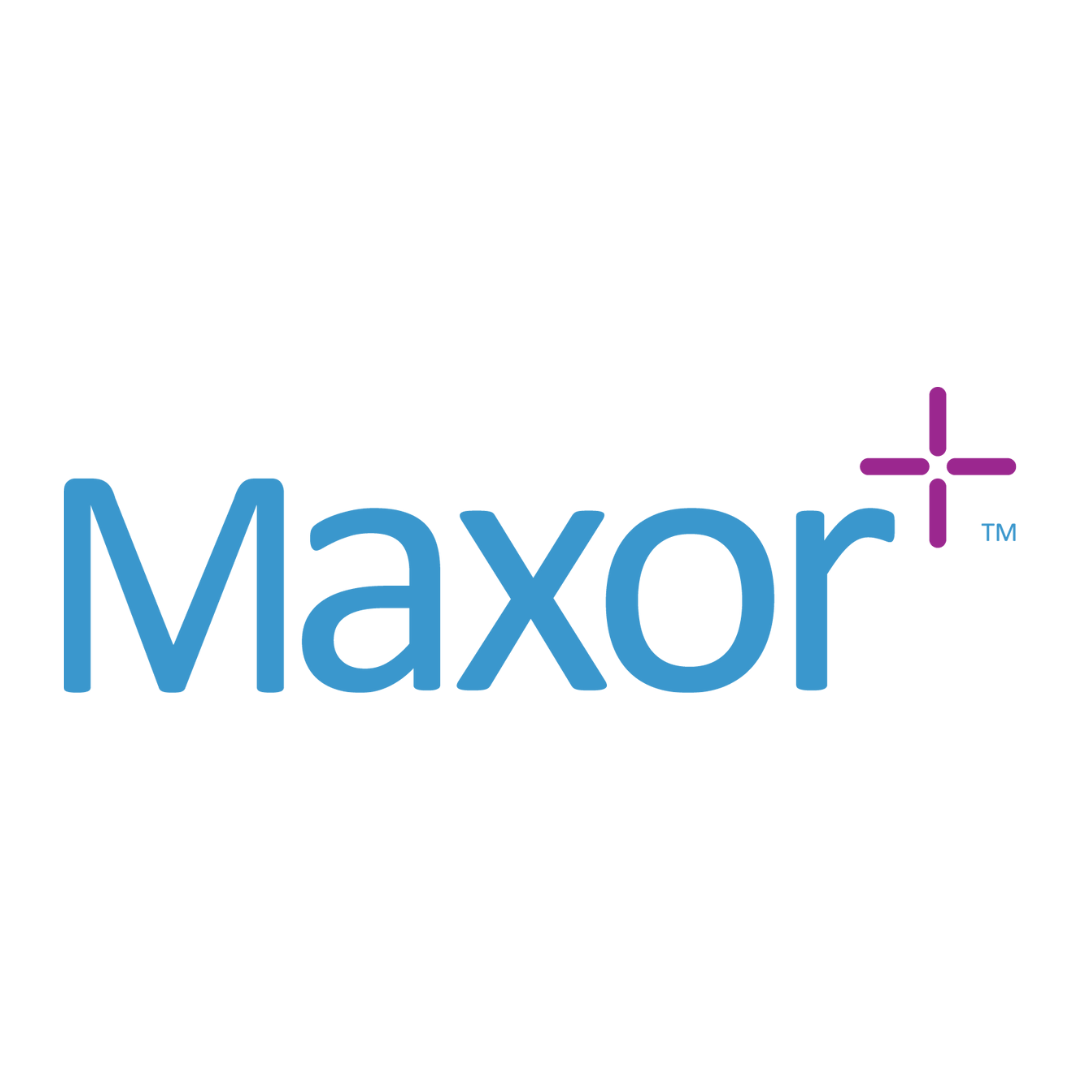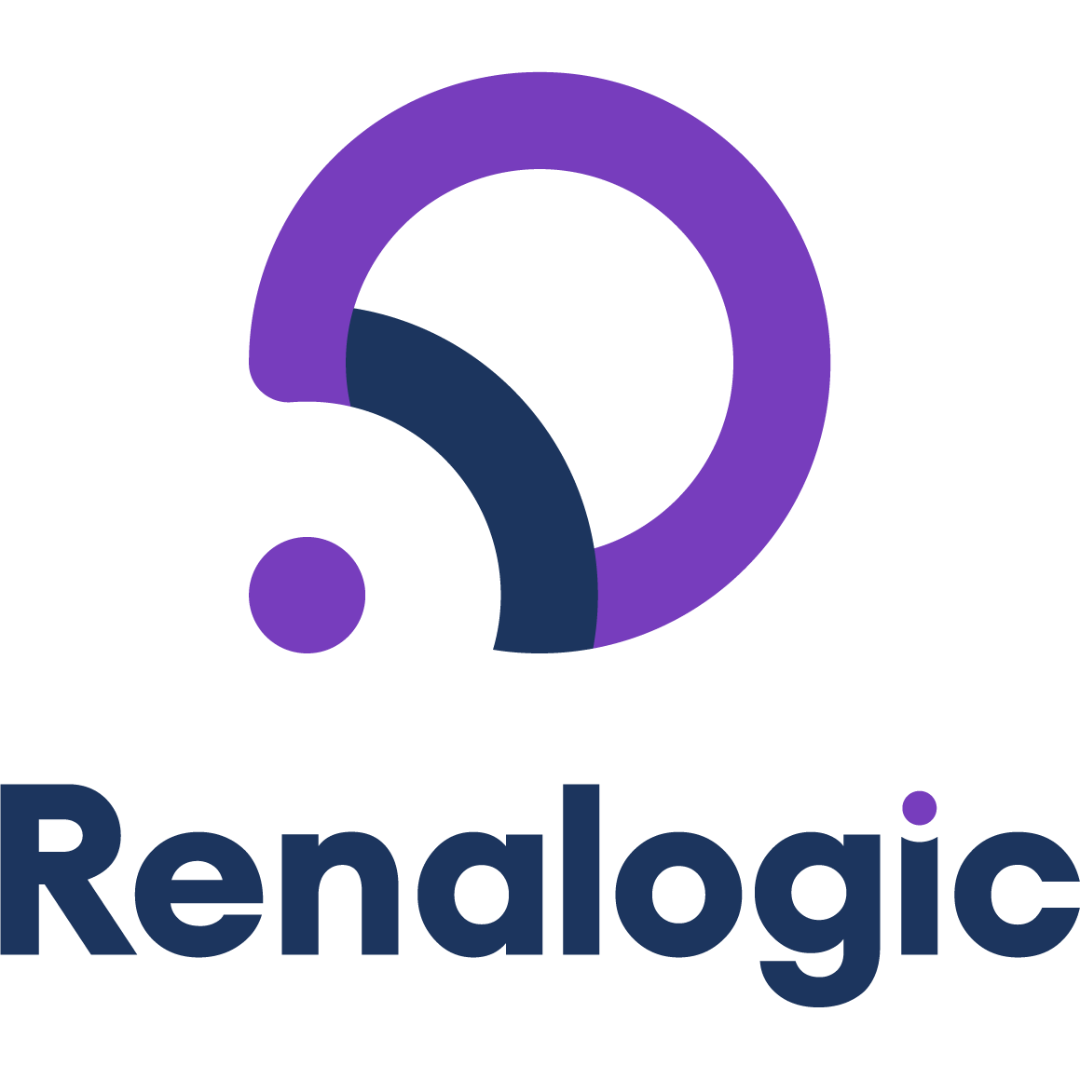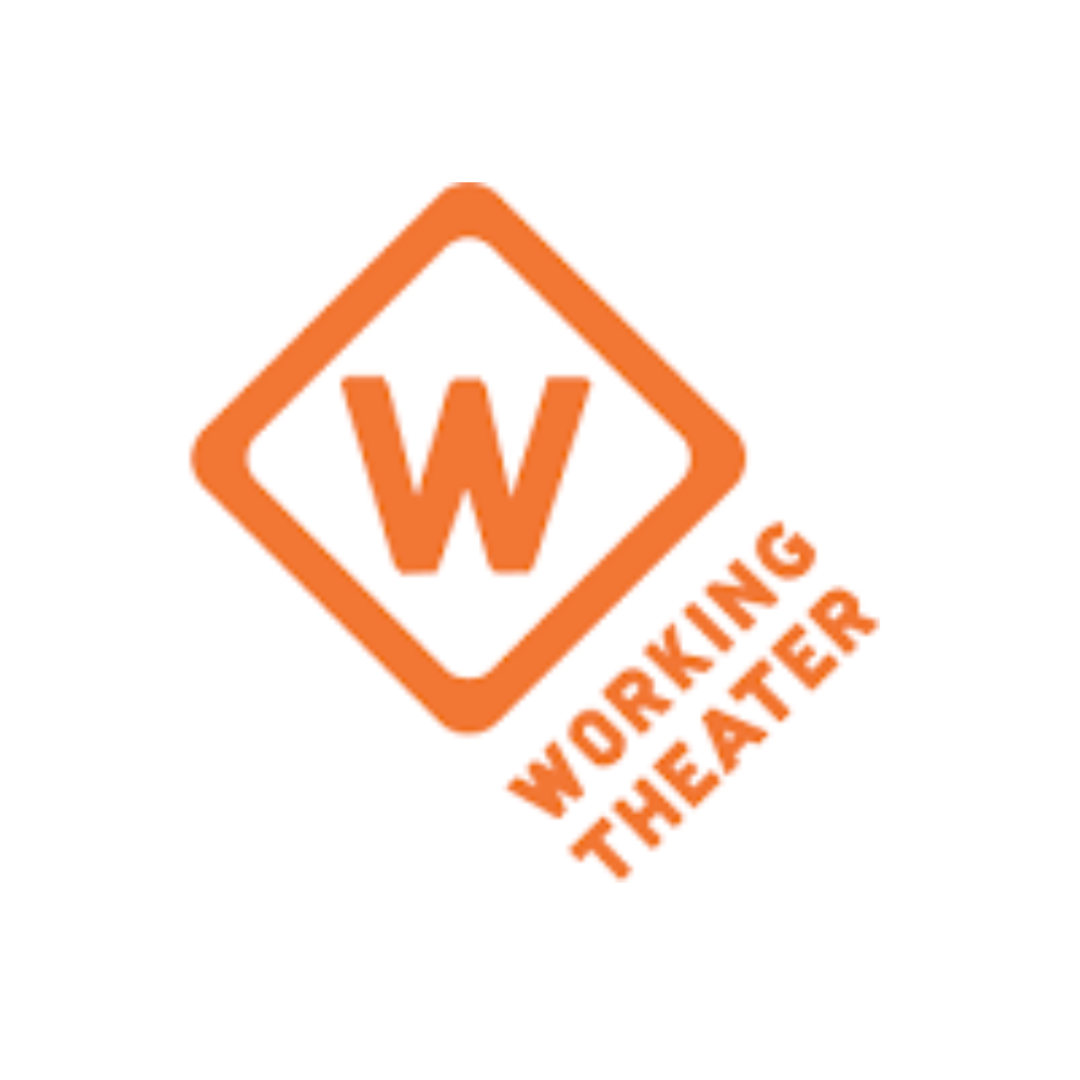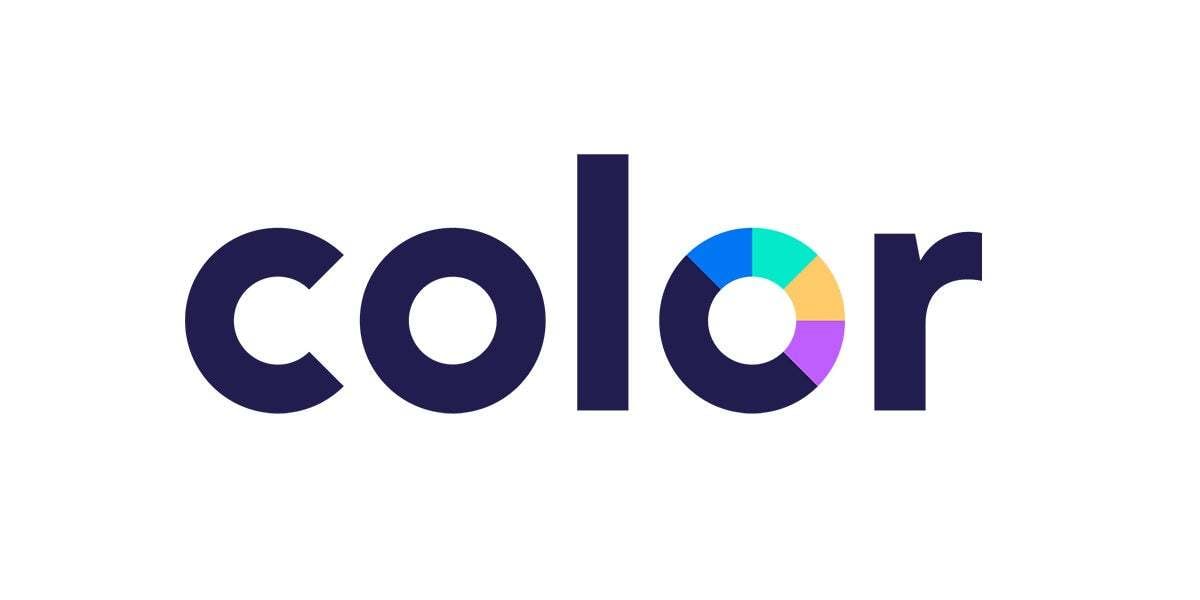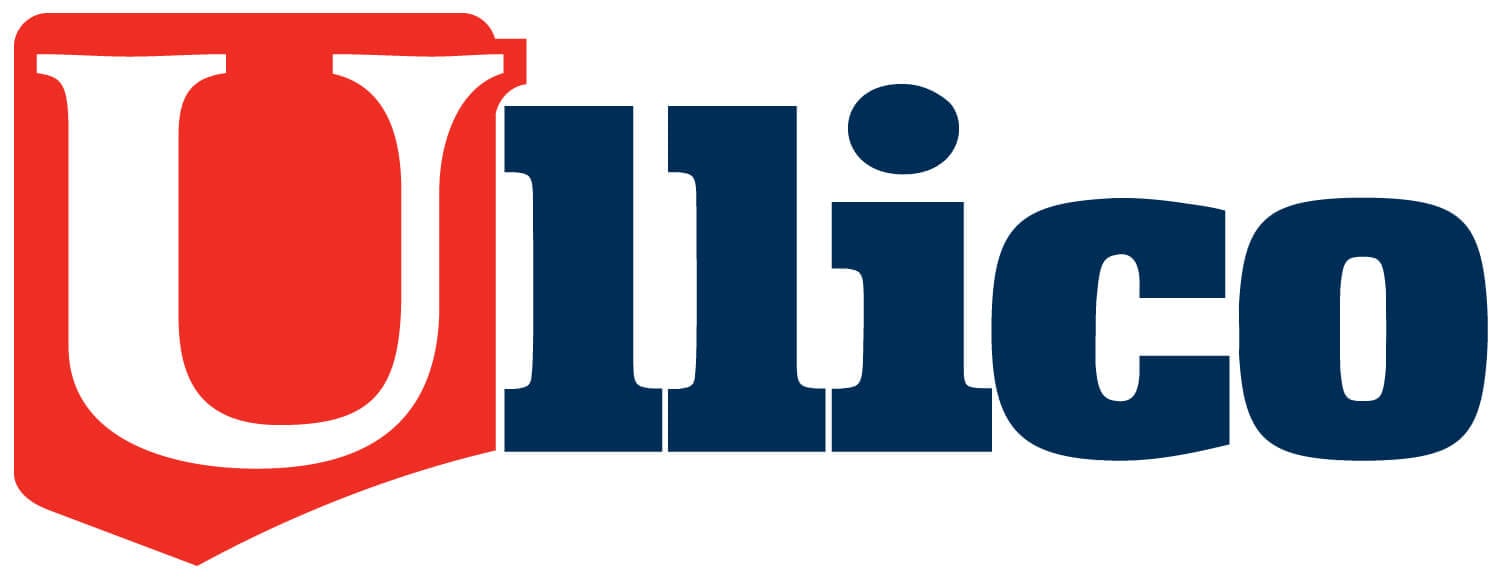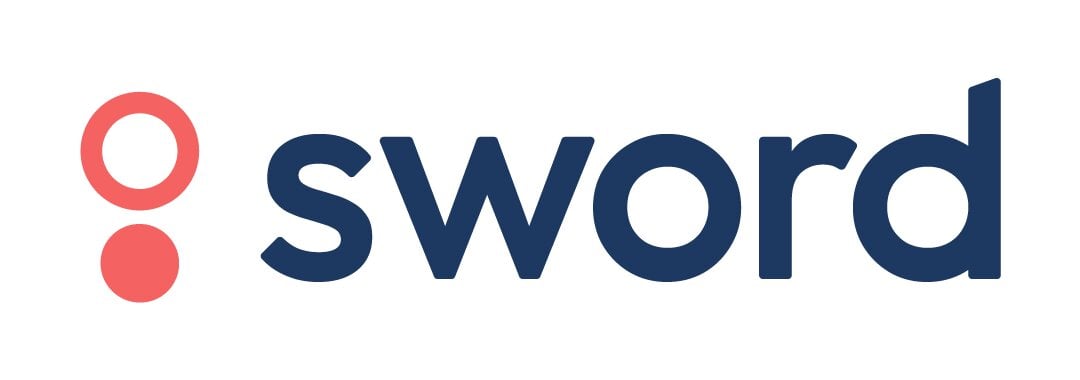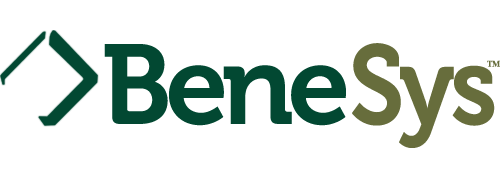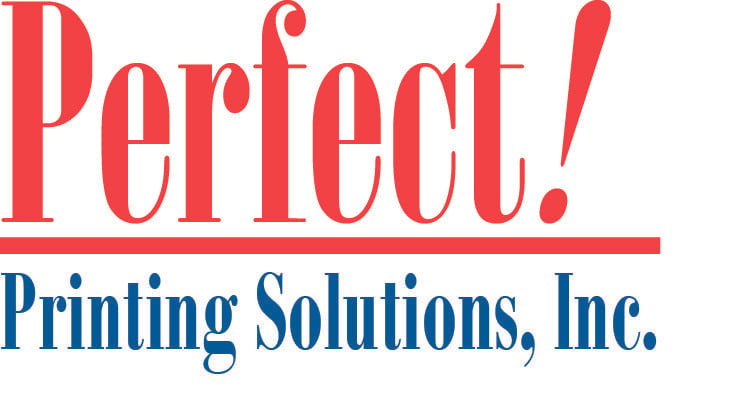New Clinical Study Finds Sword Saves Employers $2,900 per Member in MSK-Related Productivity Loss Annually

According to newly published research in the Journal of Occupational and Environmental Medicine, Sword saves clients an average of $2,916 per member per year (PMPY) in lost productivity due to musculoskeletal (MSK) pain.
This comes on the heels of an independent analysis conducted by Risk Strategies Consulting, a leading actuarial and risk management consulting firm, that found that Sword saves clients $3,012 PMPY on average by reducing avoidable spending across multiple service categories—including procedures, surgeries, ER visits, office visits, therapy, and medical imaging. Between improving employee productivity and reducing wasteful healthcare spending, Sword drives substantial savings.
Keep reading to learn more about the toll MSK-related productivity loss takes on employers, and about the new clinical study—which demonstrates the value of Sword’s AI Care platform to improve employee productivity and quality of life.
The Impact of Chronic MSK Pain on Productivity
Chronic musculoskeletal (MSK) pain affects one in three people globally and is a leading cause of work-related disability and productivity impairment. Loss of productivity due to MSK pain can show up in multiple ways:
- Presenteeism (working while in pain, resulting in decreased productivity)
- Absenteeism (missing working hours due to pain)
- Early retirement
No matter how it manifests, it’s detrimental to individual well-being while also taking a substantial financial toll on companies and the economy at large. An annual average of $335B is spent to address MSK-pain-related productivity loss.
How Sword Makes a Difference
One highly effective way to manage MSK pain in the workforce and reduce associated costs is to offer a high-quality MSK care program. While in-person care can drive clinically significant outcomes when it comes to improving productivity impairment, there are a handful of barriers to in-person rehabilitation that make it challenging to access in a timely manner or, in some cases, at all: lack of nearby healthcare facilities and professionals, the need to miss work hours to go to the clinic, lack of transportation, long waiting lists to see providers, and high copays, to name a few.
This is why Sword’s AI Care model is instrumental in increasing access to care while delivering equally positive outcomes and even higher patient engagement and satisfaction compared to in-person care. When patients can complete their therapy sessions anytime, anywhere—from the comfort of home before or after work, or even on their lunch break—it’s far easier to access timely, high-quality care and see programs through to completion.
But what is the actual economic impact of a digital care program like Sword’s on an employer’s bottom line? To what extent can it promote savings by improving productivity impairment in employees with chronic MSK pain? The new study in the Journal of Occupational and Environmental Medicine was the first to investigate these questions.
Study Design and Methodology
The study involved over 5,000 participants from various industries across all 50 states. All participants were employees suffering from chronic MSK pain that had persisted for at least 12 weeks in any of the following areas: ankle, elbow, hip, knee, low back, neck, shoulder, or wrist/hand.
Participants were enrolled in Thrive, Sword’s digital care solution for MSK pain, for 12 weeks. The program includes several components:
- Home-Based Exercise: Participants were provided with motion trackers and a tablet that guided them through tailored exercise sessions. These sessions were recommended to be done three times a week.
- Education: The program included educational materials delivered through the Sword app, helping participants understand their pain and how to manage it.
- Cognitive Behavioral Therapy (CBT): CBT was delivered through email in the form of interactive modules. This therapy focused on helping participants manage pain by changing how they think about it.
- Physical Therapist Support: Each participant was assigned a dedicated Doctor of Physical Therapy who monitored their progress and adjusted their program as needed.
The study measured work productivity using a tool called the Work Productivity and Activity Impairment (WPAI) questionnaire. This questionnaire assessed both work-related productivity (including absenteeism and presenteeism) and non-work-related daily activities. Savings were estimated from the improvements in participants’ work productivity after the intervention.
Study Results
Sword's program yielded significant improvements in productivity impairment across all industry sectors. By the end of the program, there was an 18-point reduction in WPAI score, which translates to a 58.6% reduction in work productivity impairment from the baseline.
This improvement in productivity translated into substantial cost savings for employers. On average, Sword’s program led to estimated savings of $243 per participant per month. Given that the program's long-term impact has been previously established, the 12-week savings observed here can be projected to nearly $3,000 per participant annually.
The study also revealed that these savings were consistent across different industry sectors, with the median cumulative savings per participant varying slightly from one sector to the next. Notably, sectors such as finance, information, and other services saw the highest savings, with participants in these sectors saving nearly $300 each per month. Even industries with lower initial productivity, like trade and transportation, reported substantial savings and productivity gains.
In addition to the work-related productivity improvements, participants also reported significant improvements in their non-work-related daily activities, indicating an overall enhancement in their quality of life.
Study Implications
The implications of this study are far-reaching, especially for employers looking to manage the impact of chronic MSK pain on their workforce. By investing in Sword—which stands out as a scientifically validated solution, proven to recover productivity and reduce costs across a wide range of industries—employers can expect to see not only healthier employees but also a healthier bottom line. These programs are particularly valuable because they are scalable and accessible, making it easier for a large number of employees to receive the care they need without the limitations of traditional in-person therapy.
Want to improve productivity and quality of life for your people? Request a demo.

